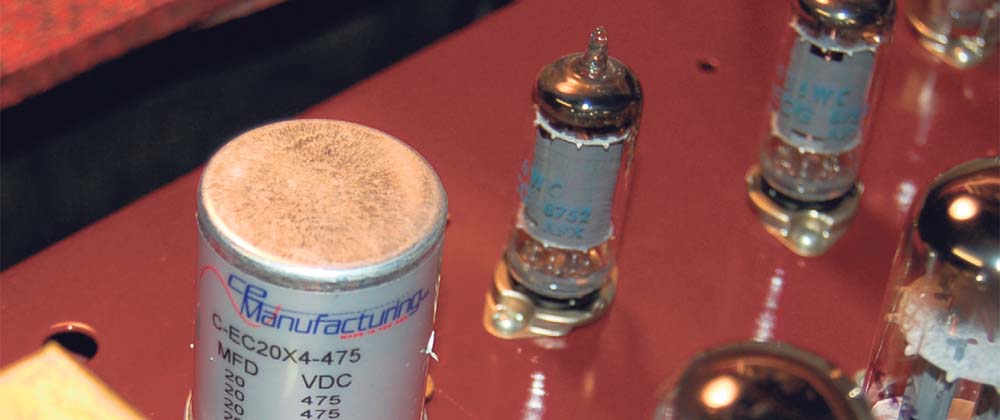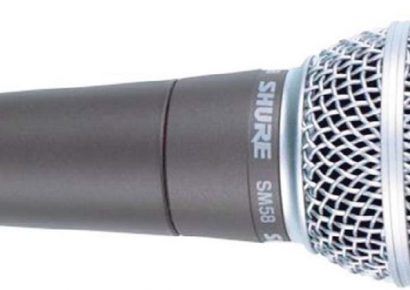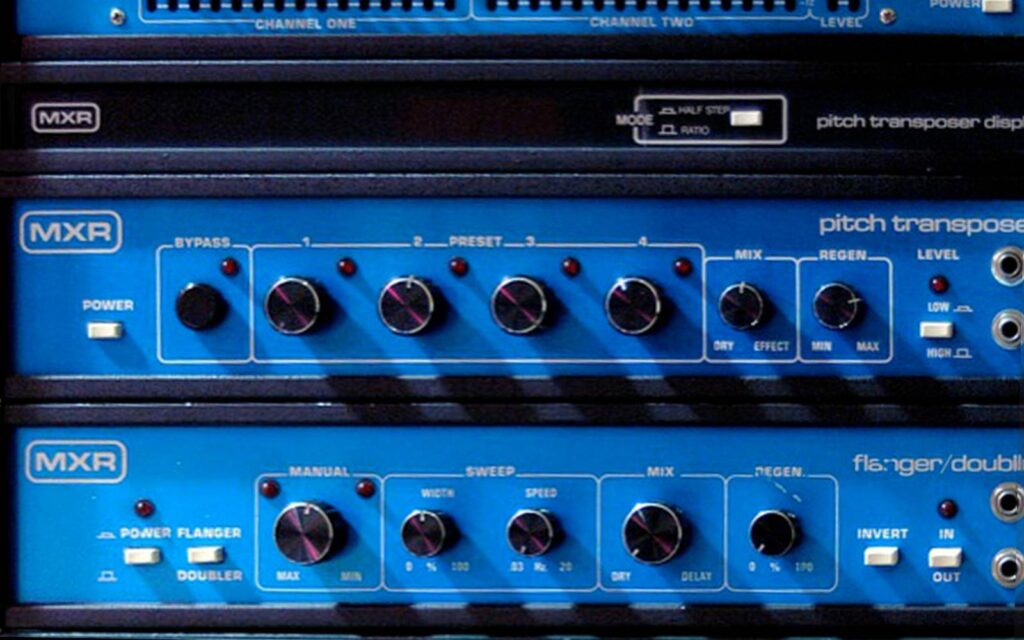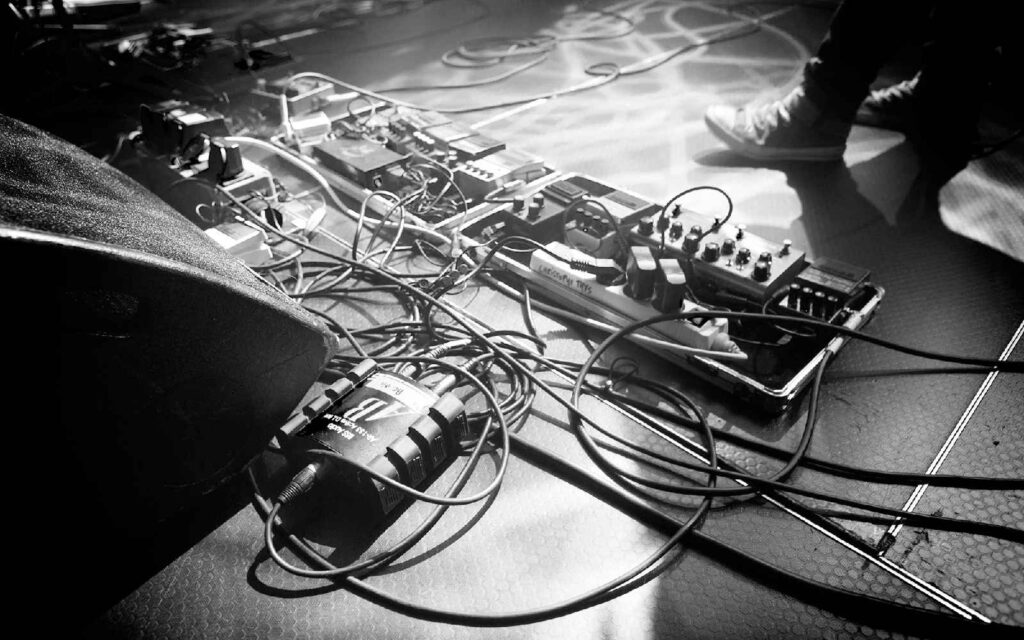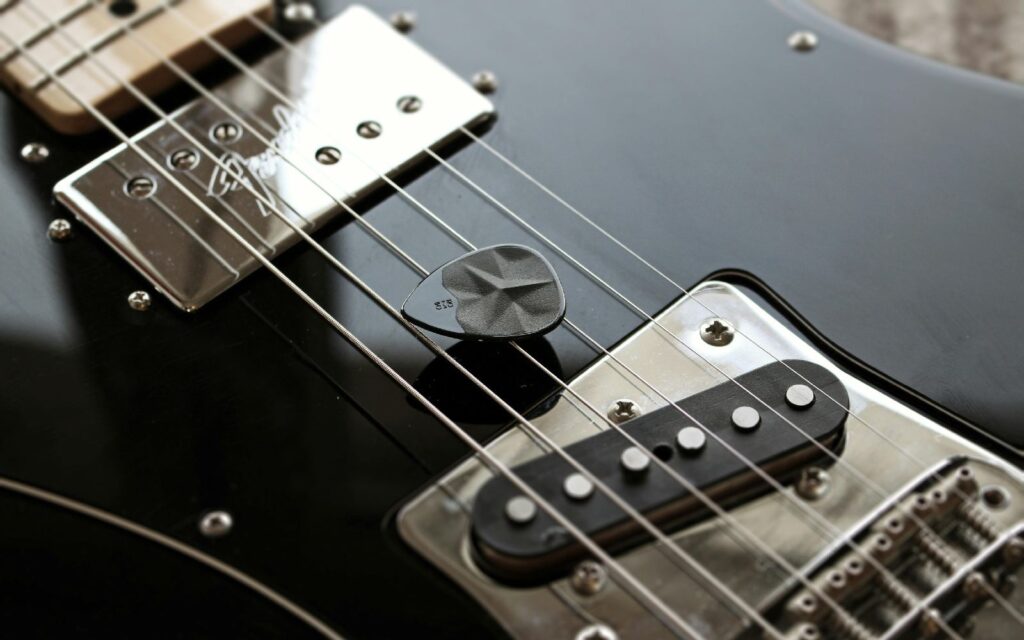Can I operate my amp without a speaker plugged in?
If you have a tube amp then no, you can’t. This can result in a tube failure and, even worse, a blown output transformer. If you turn your amp on, plug in your guitar, start playing and there’s no sound, turn it off immediately and check your leads, ensuring the speaker is correctly plugged in.
Can I use a speaker with any impedance (OHM’s) with my amp?
Always match the speaker impedance with the amp’s output impedance. Unmatched impedances will result in power loss, premature tube wear and at worst, tube failure. Also, another important factor is to ensure that the speaker’s power handling capacity is greater than the amp’s wattage output.
Can I move my tube amp when it’s hot or do I need to let it cool down?
Yes, but only if you are gentle with the amp, otherwise allow your amp to cool down after playing before moving it. The internals of the tubes heat up to very high temperatures and are very fragile. Knocks and vibration can damage and shorten the life of tubes when they’re hot.
Can I install the output tubes on my amp myself?
A qualified technician should do this. Incorrectly biased output tubes will either run too hot, which will greatly reduce the life of your tubes, or too cold resulting in distortion at any level. Don’t use the amp, get the bias adjusted before you cook your tubes. Pre-amp tubes don’t require bias adjustments but may need selecting.
Will installing new tubes in my amp make it sound better?
Yes, if your currently installed tubes are old and worn, or of an inferior quality, a new set of tubes correctly installed and biased will restore the amp’s sound back to its original glory. Tubes don’t last forever, and start slowly wearing out over time, degrading the sound quality of your amp. It’s a gradual process, and at some stage you notice that your amp just doesn’t sound that good anymore. In addition to worn tubes, internal electronic connections (pots, sockets, connectors, etc.) start to corrode and deteriorate over time and need to be cleaned as part of an amp service.
